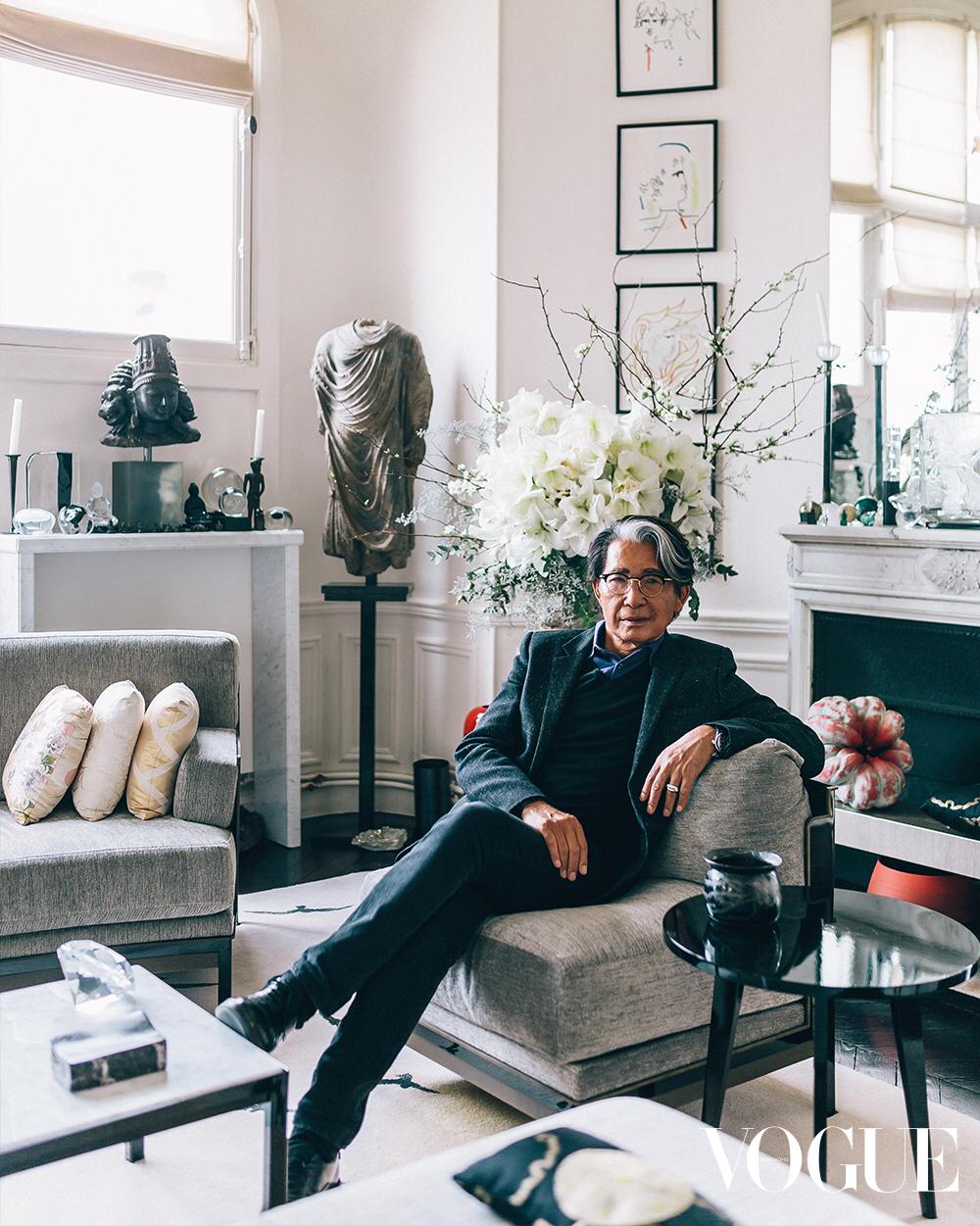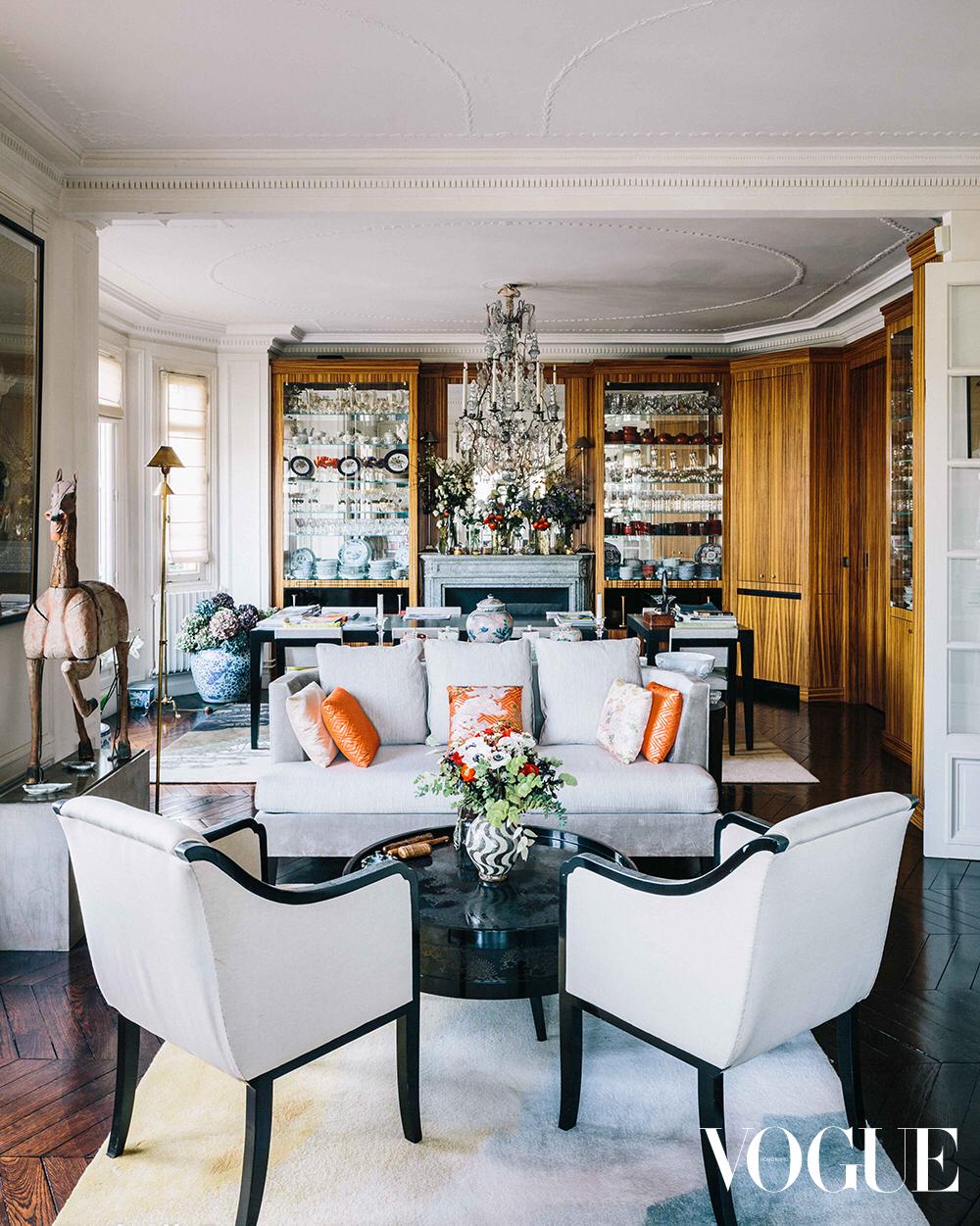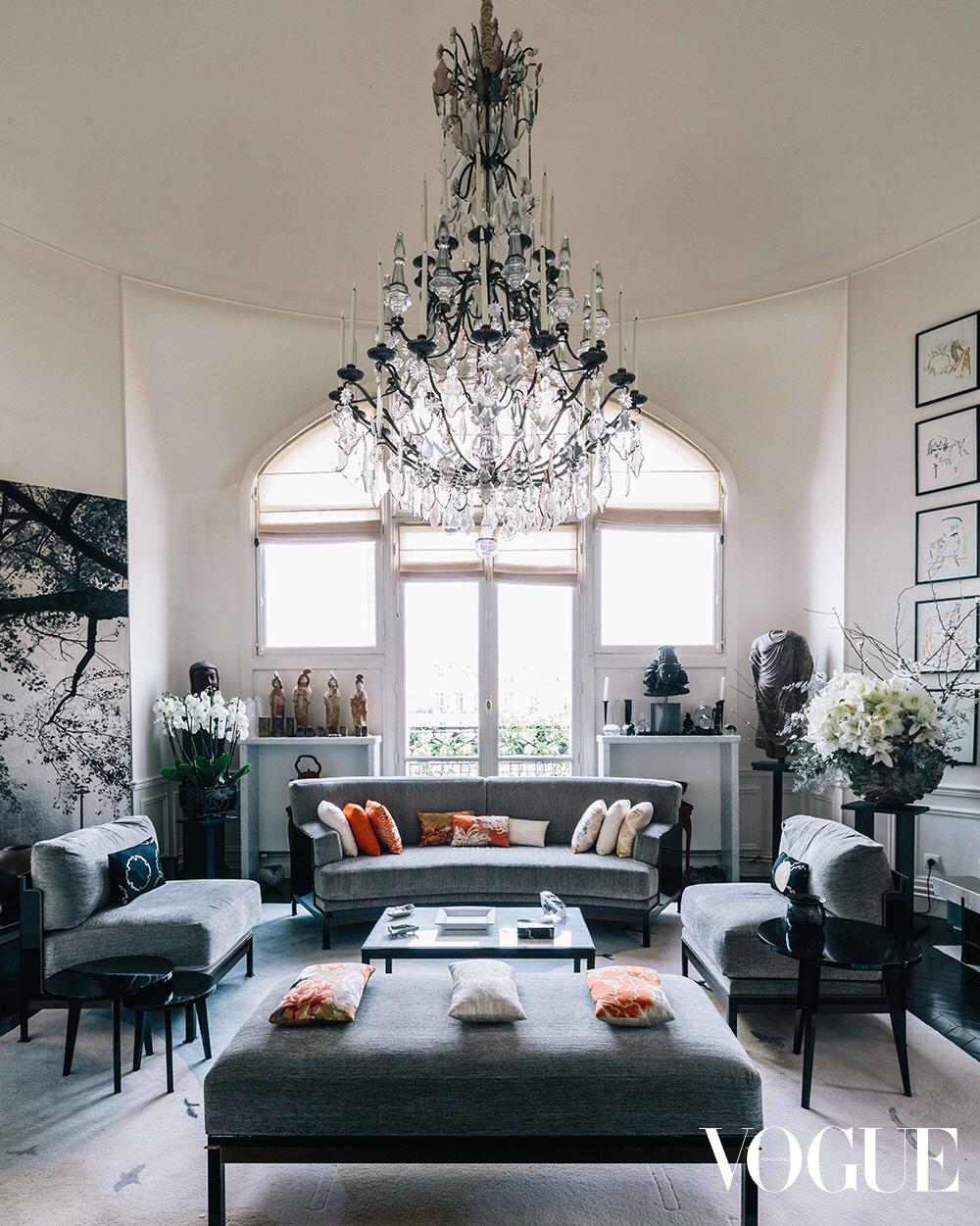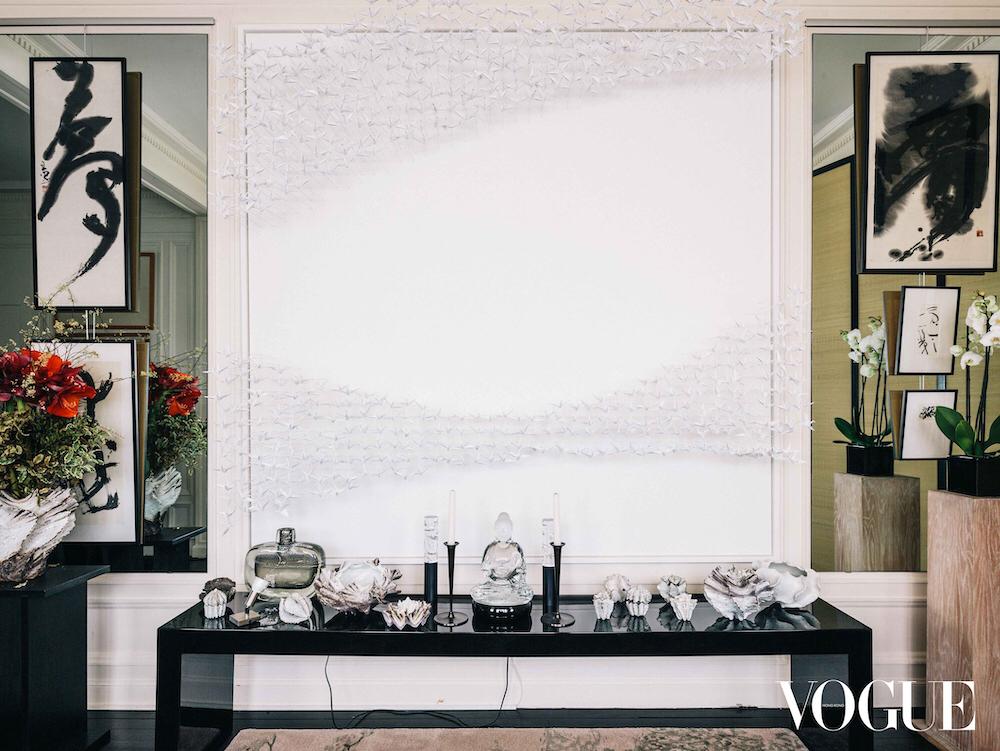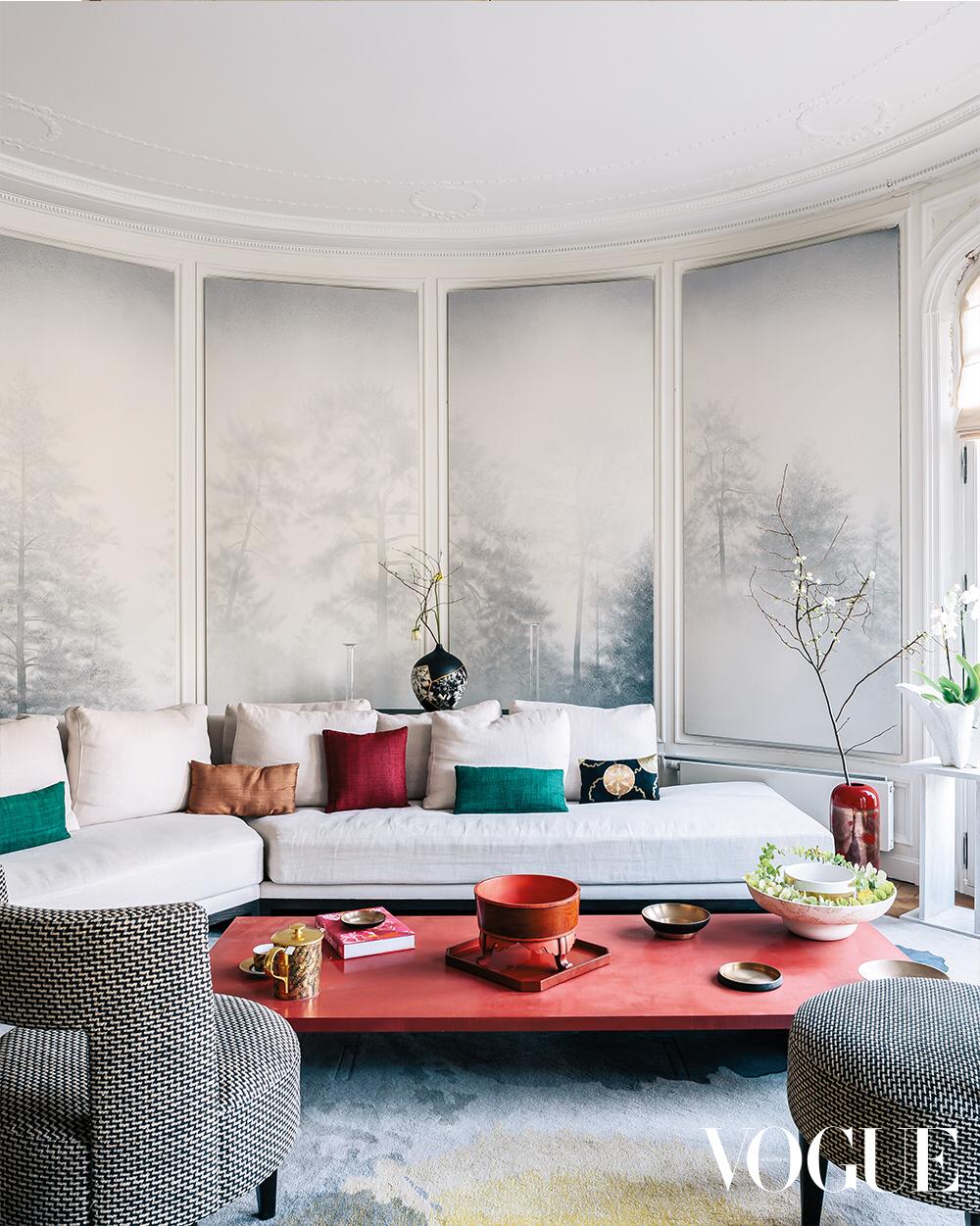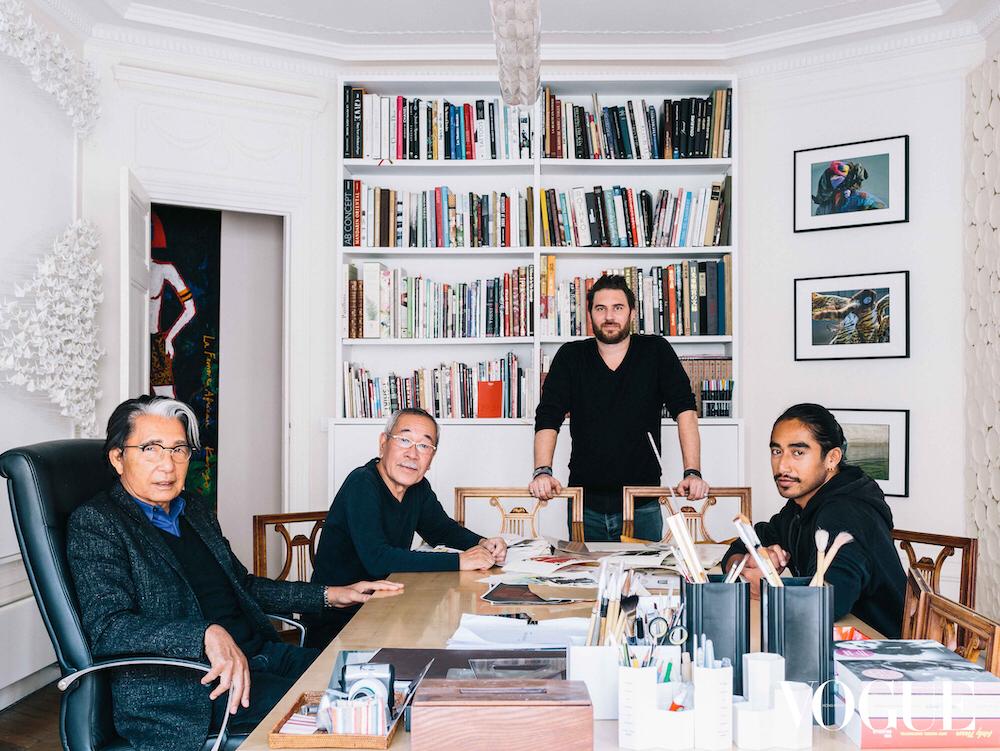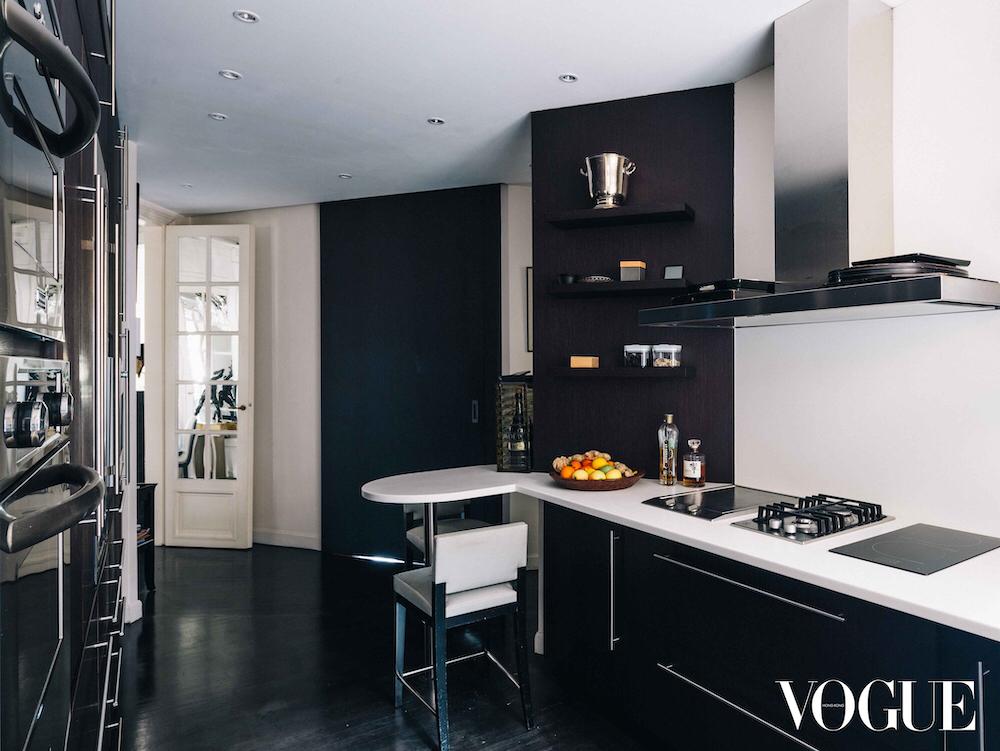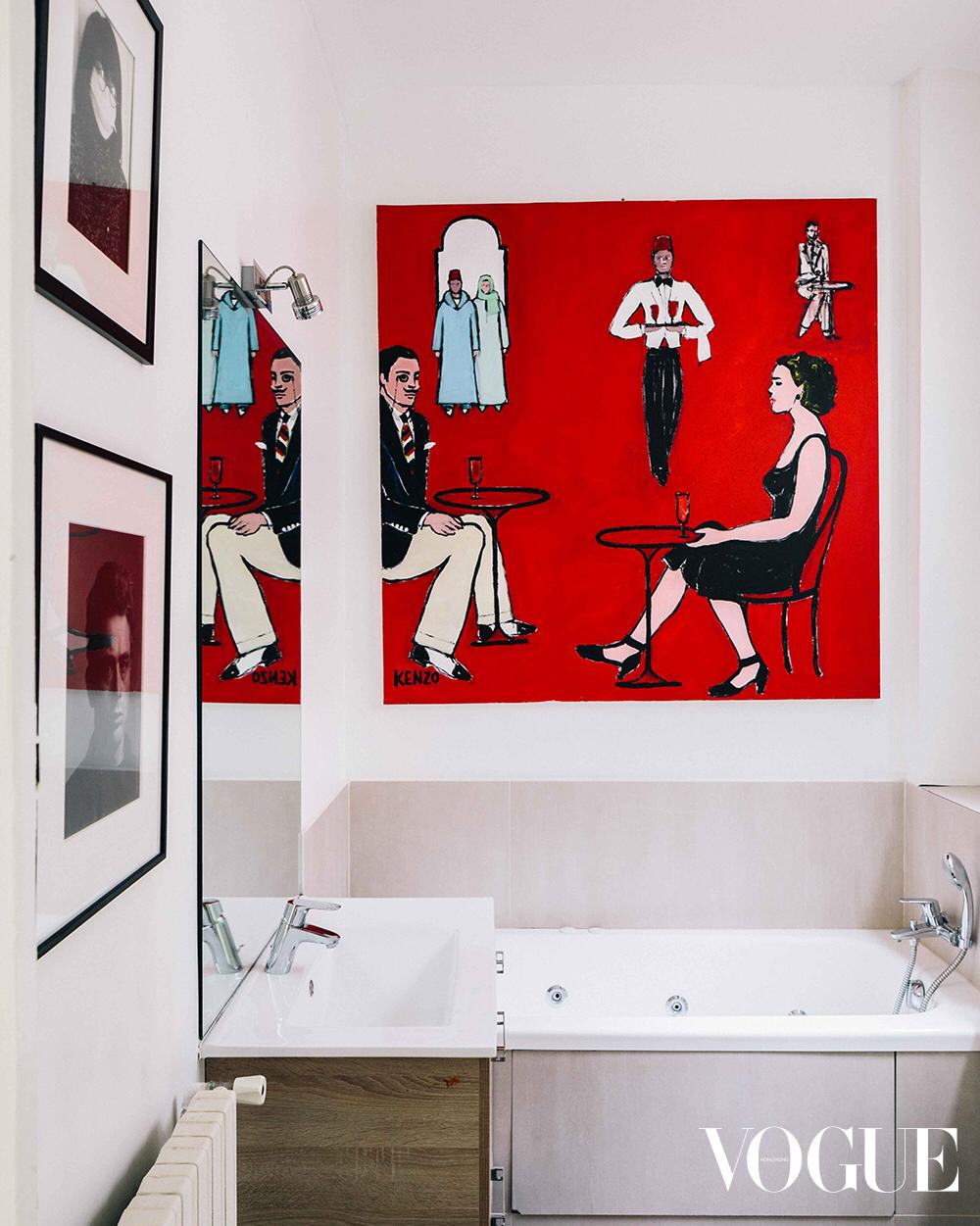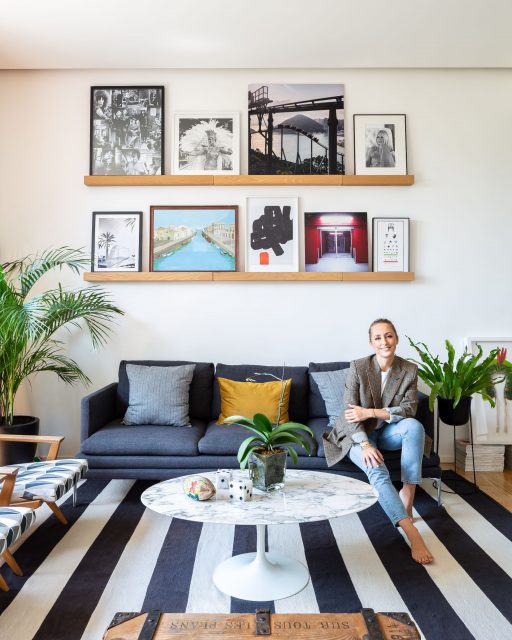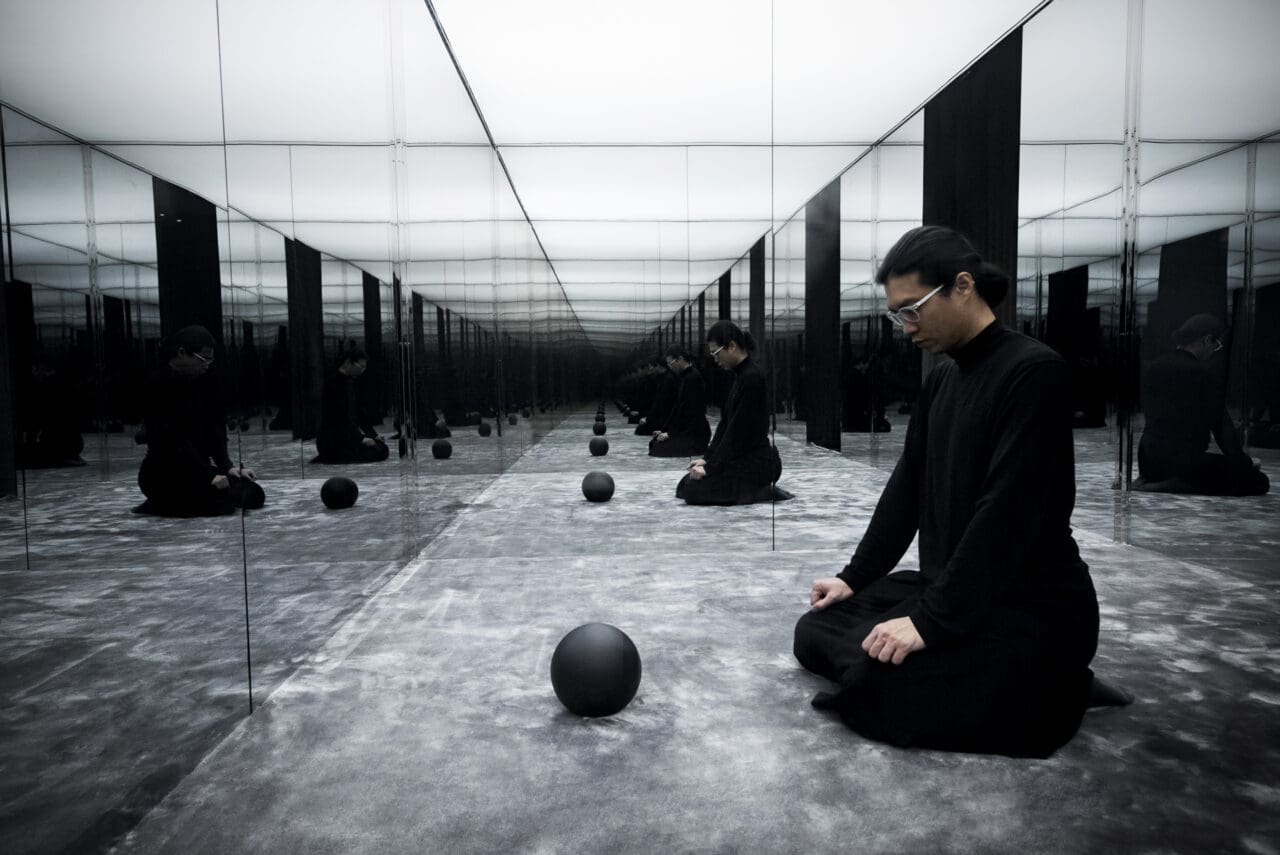It’s little surprise that fashion-turned-homeware designer Kenzo Takada’s Paris home was an aesthete’s delight. Blending traditional Haussman architecture – high ceilings, bay windows and exposed cornicing – with Asian-inspired furniture, objects and artwork, the apartment was an ode to Kenzo’s Japanese-French heritage. “I wanted to renovate in a way that would suit my way of living, bringing in a touch of Japanese lifestyle mixed with occidental culture,” said Kenzo. “But it was also important to keep the parts of the apartment that held their own architectural value.”
A chandelier hangs over the sitting room
Photo: Mitchell Geng
Kenzo had lived in the apartment for 11 years, ever since, when viewing properties, it fulfilled his dream of being close to the Saint-Germain-des-Prés neighbourhood and having a view of the Eiffel Tower. “In fact, the view from the apartment spans almost all of Paris, across the Seine and to Montmartre,” said Kenzo, “I love this place.” While the view was more than adequate, the interior “suited an entirely different lifestyle” to Kenzo’s, so, with the help of his close friend Ed Tuttle, the pair went about redesigning the space. “I really consider Ed to be a brilliant architect,” he said.
A large bay window provides ample natural light
Photo: Mitchell Geng
Kenzo’s interiors are strongly influenced by his Japanese heritage
Photo: Mitchell Geng
“I wanted the place to be calm and serene, but I needed it to feel modern and alive as well,” said Kenzo. “When I started to think about the atmosphere of the apartment, the idea of cultural merging wouldn’t leave me, which is why I tried to associate its very Hausmannian style with Japanese aesthetics and other cultural inspiration.” The decoration saw Jean Cocteau drawings and a Billy Sullivan painting (above Kenzo’s bed) alongside Japanese ceramics, including 1930s pieces by Katsu Hamanaka, and furniture dressed in fabrics inspired by ancient kimonos and the weaving used in traditional Nō theatres in Japan. “The Japanese culture and aesthetics are an endless source of inspiration to me,” said Kenzo. “But as I have travelled a lot, there is a multicultural aspect to my design philosophy. I like bold colours, strong graphics and patterns, and my main goal is to bring a certain joy, well-being and comfort without being too classic or modern. I am seeking timeless designs.”
A series of artworks run along a wall in the sitting room
Photo: Mitchell Geng
The Hausmannian high ceilings are ideal for displaying Kenzo’s art collection
Photo: Mitchell Geng
While Kenzo’s aesthetic has been appreciated the world over since the launch of his eponymous fashion house 50 years ago, it had most recently been translated into the K三 homeware and lifestyle brand that he unveiled during Parisian design fair Maison et Objet earlier this year. “Home decoration is a passion that came later in life,” said Kenzo. “The vision has been inspired by both eastern and western aesthetics, with a modern twist. As part of the brand’s visual identity, most pieces bear a kintsugi mark, a tribute to the Japanese savoir-faire.” The collection comprises furniture, ceramics, rugs, objects, linen and textiles, created in collaboration with manufacturing partners in Italy, France and the U.S., with the ideas born from the atelier Kenzo shared with managing partner Jonathan Bouchet Manheim, creative assistant Engelbert Honorat and the team, located just below his home.
Kenzo with his K三 team in the atelier downstairs
Photo: Mitchell Geng
“For me, the process is similar to the fashion world in finding inspiration. I find inspiration while travelling, watching a film, or even in a conversation with someone. I then have to take all of these inspirations and try to create a coherent collection out of them, to try and find a harmony between them. I then need to find the main colour palette, the main fabric, and what kind of textures I want to portray,” explained Kenzo of his design process. “When working on K三, we worked with a lot of textiles, so it did remind me of working in fashion. But the pieces are not following a season like with fashion. Rather, we have to imagine pieces that are timeless, that can fit any interior, whilst still bringing fantasy, poetry, and positivity to people’s interiors.”
The bathroom is enlivened by art
Photo: Mitchell Geng
Despite the design sanctuary that Kenzo had created at home, and hoped to help others manifest, he believed that comfort and individuality were key. “As long as you feel at home, you’ve already made a success of creating a wonderful place to live in,” he said. “Everybody has their own style and their own taste, so there’s nothing to be taught to anybody. Decorating should just be an expression of your own personal style.”
Editor
Alice Riley-SmithCredit
Photography: Mitchell Geng